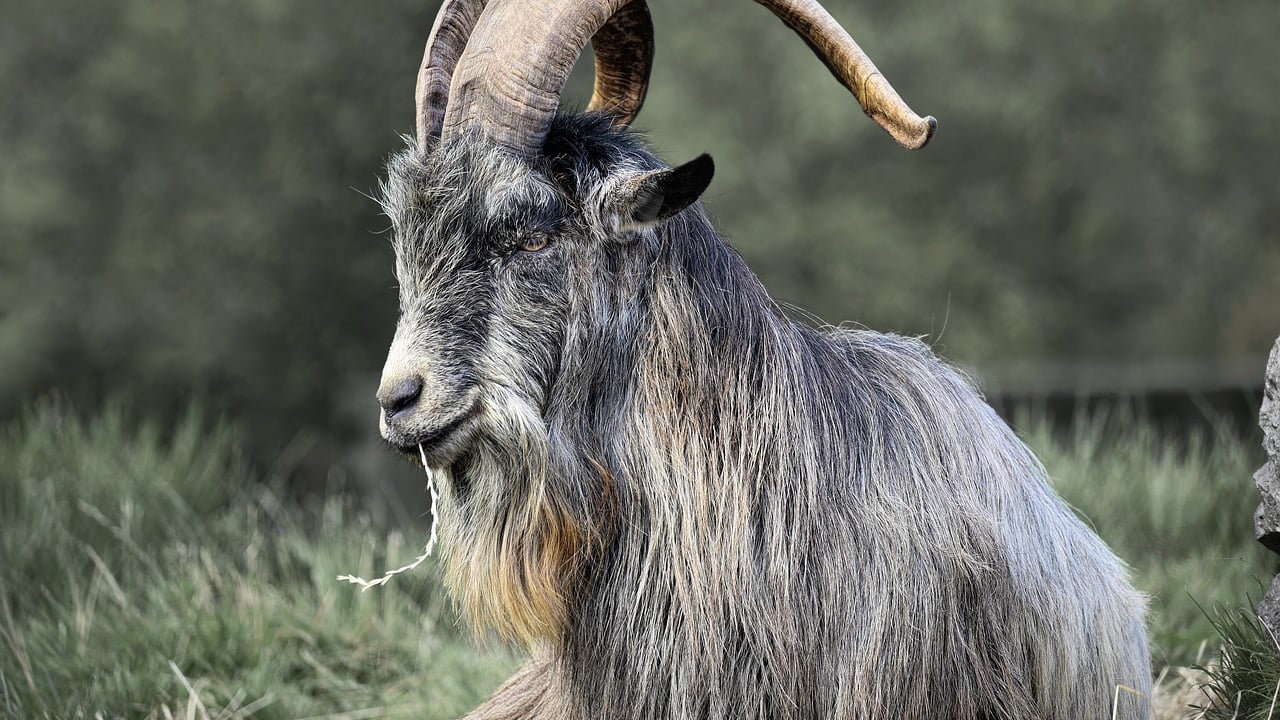Not kidding around: Goats smarter than sheep and alpacas
Goats can process information and solve memory tests better than sheep and alpacas, according to research by Aberystwyth University scientists.
In the first of its kind study, scientists at the Pwllpeiran Upland Research Centre tested the ability of sheep, alpacas, and goats to process information.
The researchers assessed the animals' ability to understand that objects still exist when no longer visible, a useful skill for tracking herd members or predators in a natural environment.
As part of a series of tests, the animals were tasked with finding objects hidden under cups, and received food rewards for correct answers.
The tasks gradually increased in difficulty, ranging from simply hiding the object, to actively swapping over the cups and requiring the animal to track the object.
The scientists found that goats had the greatest success in the tests, reaching higher ground than the sheep and alpacas which struggled to track objects when the tasks became more complicated.
Lead author of the paper Megan Quail from Aberystwyth University said: "This study is the first to directly compare the cognitive abilities of several domesticated livestock species.
"We found that goats demonstrated the greatest capacity to understand that objects still exist even if they are hidden - this could be linked to their need to be more selective in their eating habits.
"It may also be a sign of goats’ greater environmental awareness than sheep or alpacas," she added.
The findings also suggest that the three species all have an ability to distinguish between large and small amounts of food, but are equally unable to understand different categories of shape.
In a separate study the researchers also found that goats performed better than sheep and alpacas in a task that tested spatial memory with buckets of food.
Professor Mariecia Fraser, head of the Pwllpeiran Upland Research Centre, added: “These findings have important implications for how these animals are managed, how they graze both together and apart, and how they adapt to new environments.
“In the future we hope to be able to apply promising new technologies, such as the tracking of facial features in animals using artificial intelligence systems, to determine the influence of various factors on the process leading to a correct or incorrect selection on a finer scale,” she added.





